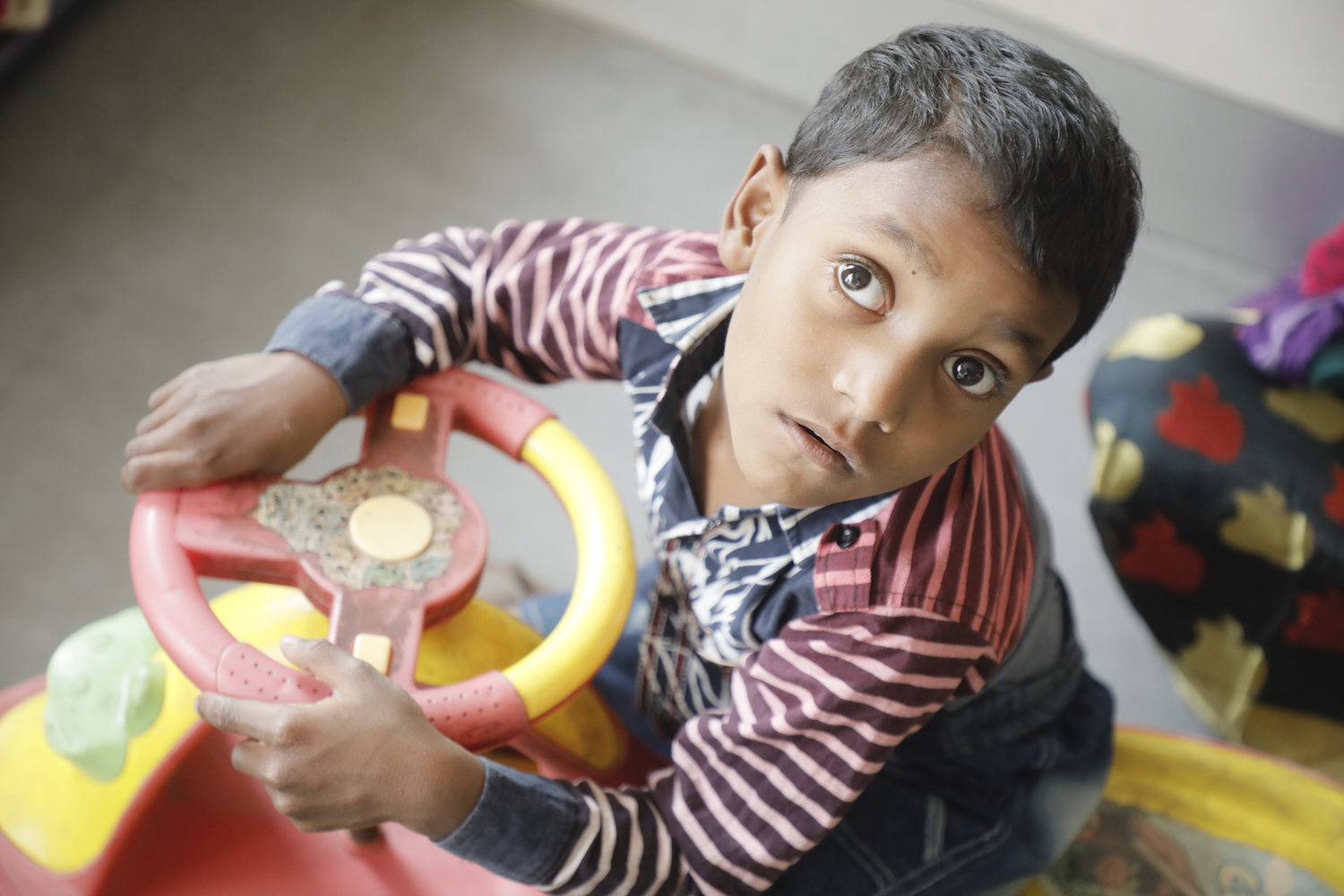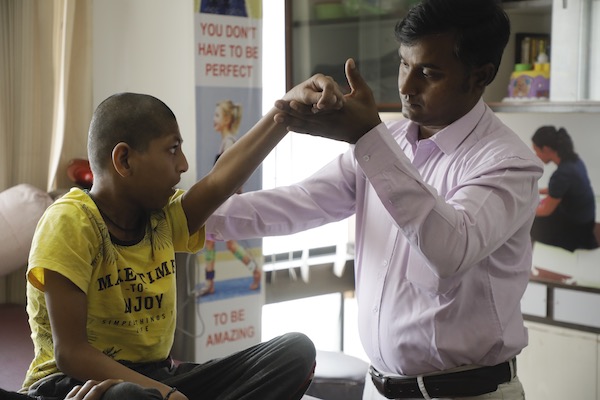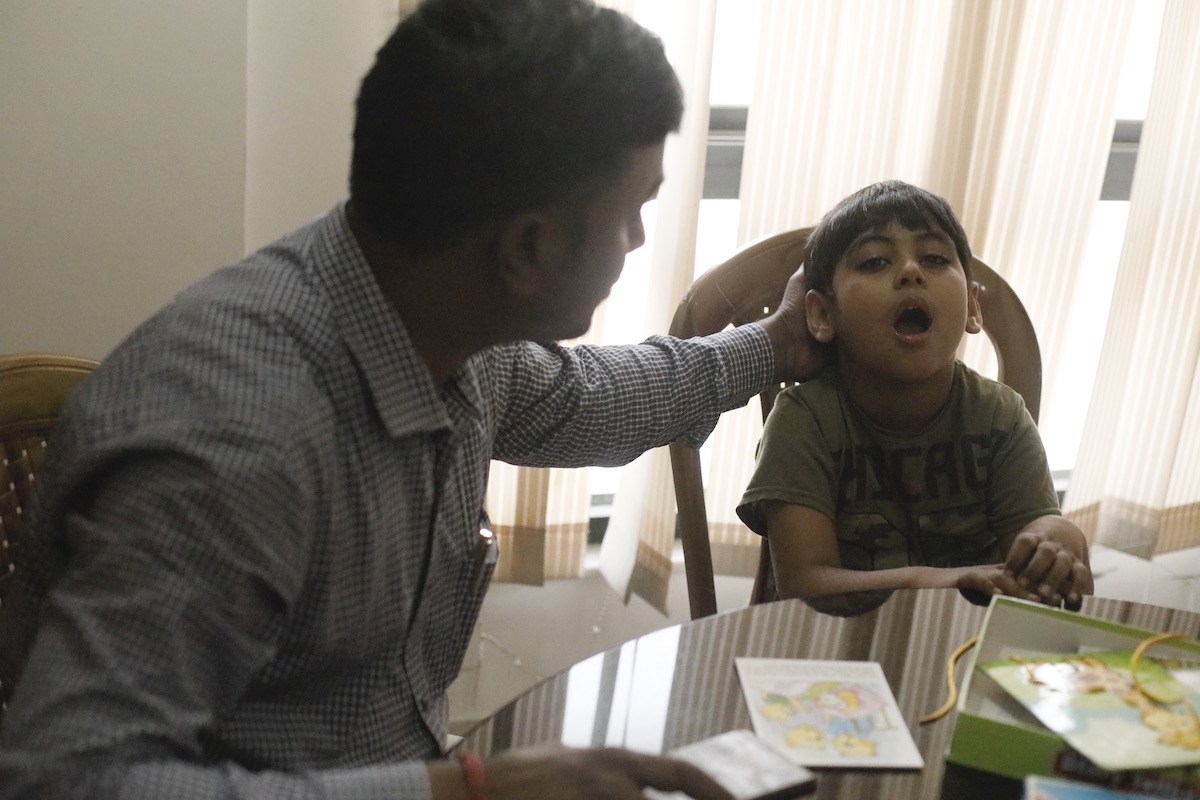CEREBRAL PALSY
Swashakti
What is Cerebral palsy?
An abnormality of motor function (the ability to move and control movements) that is acquired at an early age, usually less than 1 year, and is due to a brain lesion that is non progressive.
Types of CP
Abbreviated CP, frequently the result of abnormalities that occur while a fetus is developing inside the womb. Such abnormalities may include accidents of brain development, genetic disorders, stroke due to abnormal blood vessels or blood clots, or infection of the brain. In rare instances, obstetrical accidents during particularly difficult deliveries can cause brain damage and result in CP which could take three forms: spastic, choreoathetoid, and hypotonic (flaccid).




In spastic CP, there is an abnormality of muscle tone in which one or more extremities (arms or legs) are held in a rigid posture. Choreoathetoid CP is associated with abnormal, uncontrollable writhing movements of the arms and/or legs. A child with hypotonic CP appears floppy like a rag doll.
TREATMENTS
Treatment may include the use of casting and braces to prevent further loss of limb function, speech therapy, physical therapy, occupational therapy, the use of augmentative communication devices, and the use of medications or botulism toxin (botox) injections to treat spasticity.
The CP unit at MSS has evoked tremendous response with more than 900 children registered in the last 3 years and more than 15,000 visits by parents who can't afford treatment elsewhere. Less fortunate children who did not have body movement, could not walk or speak properly can now walk, talk, sing and dance, living an active life with dignity and honor.
6 qualified therapists and specialist doctors take special care of the children filling their lives with love and joy.



